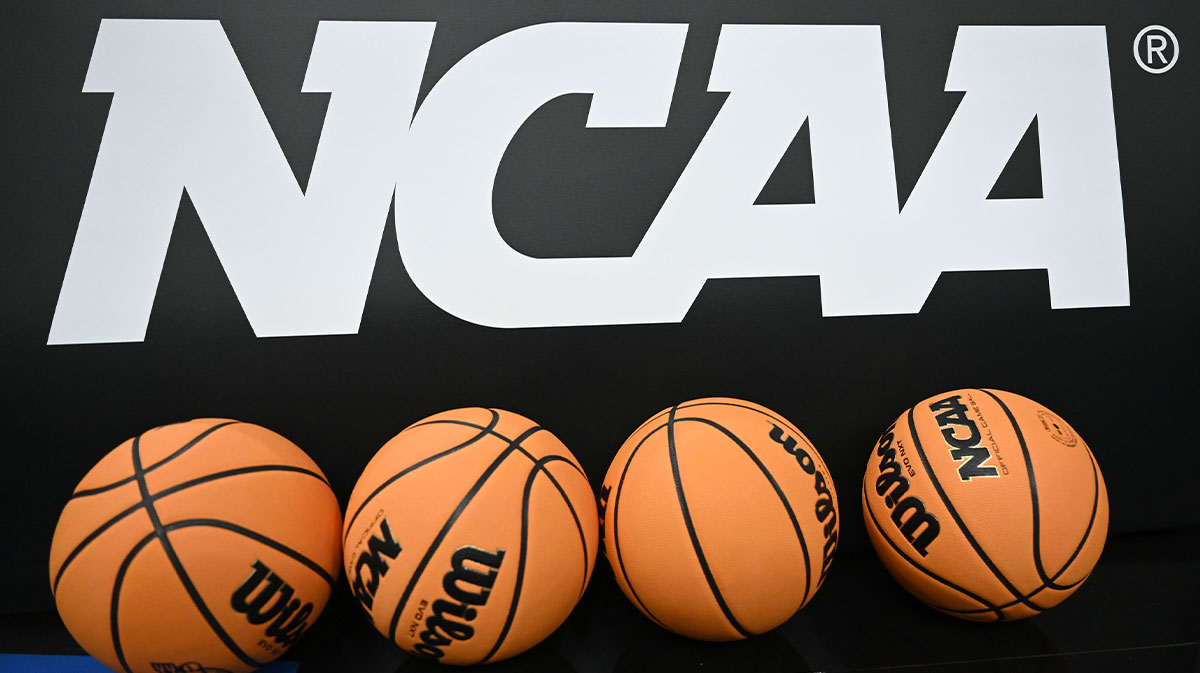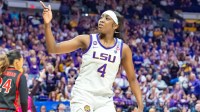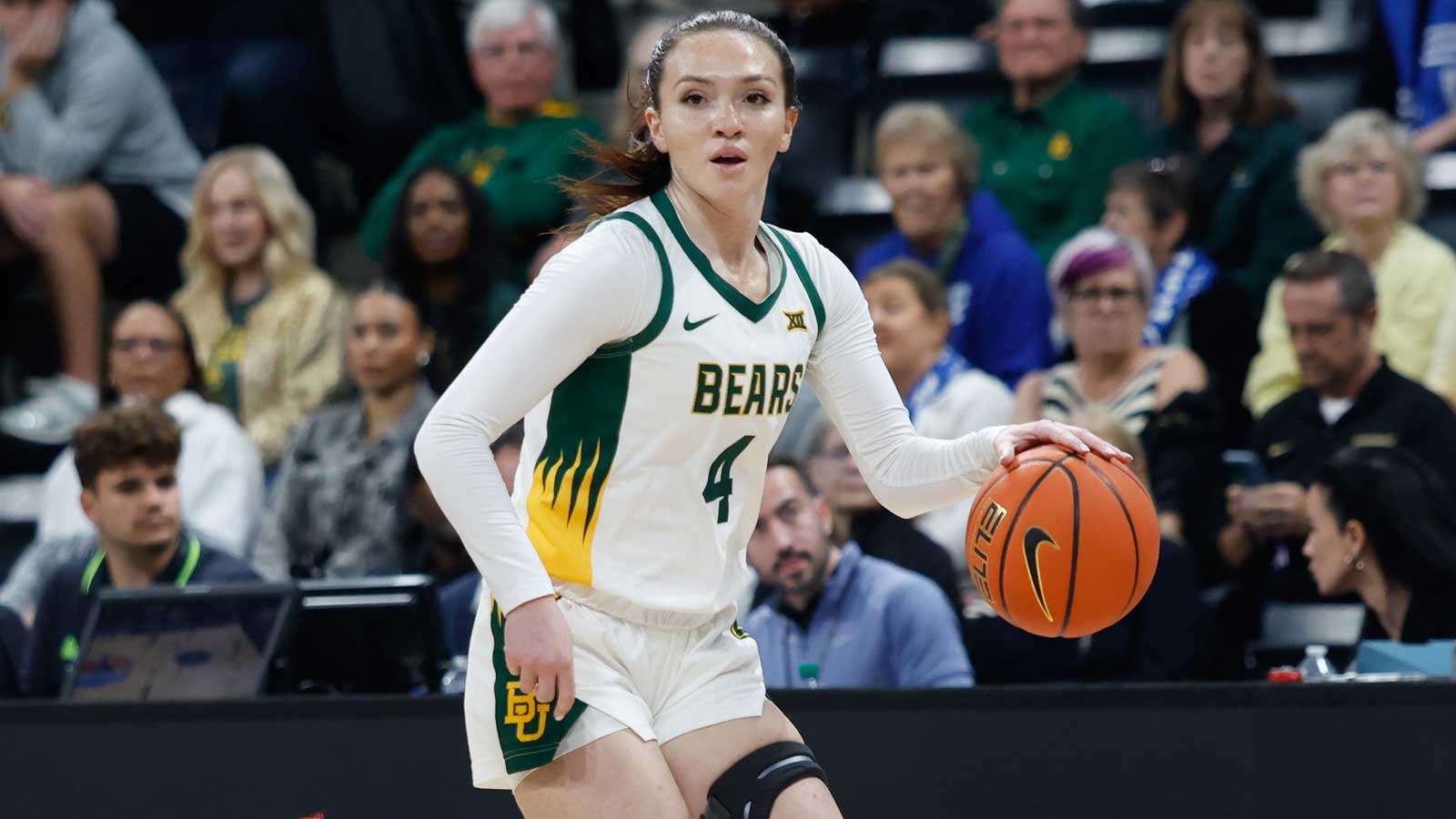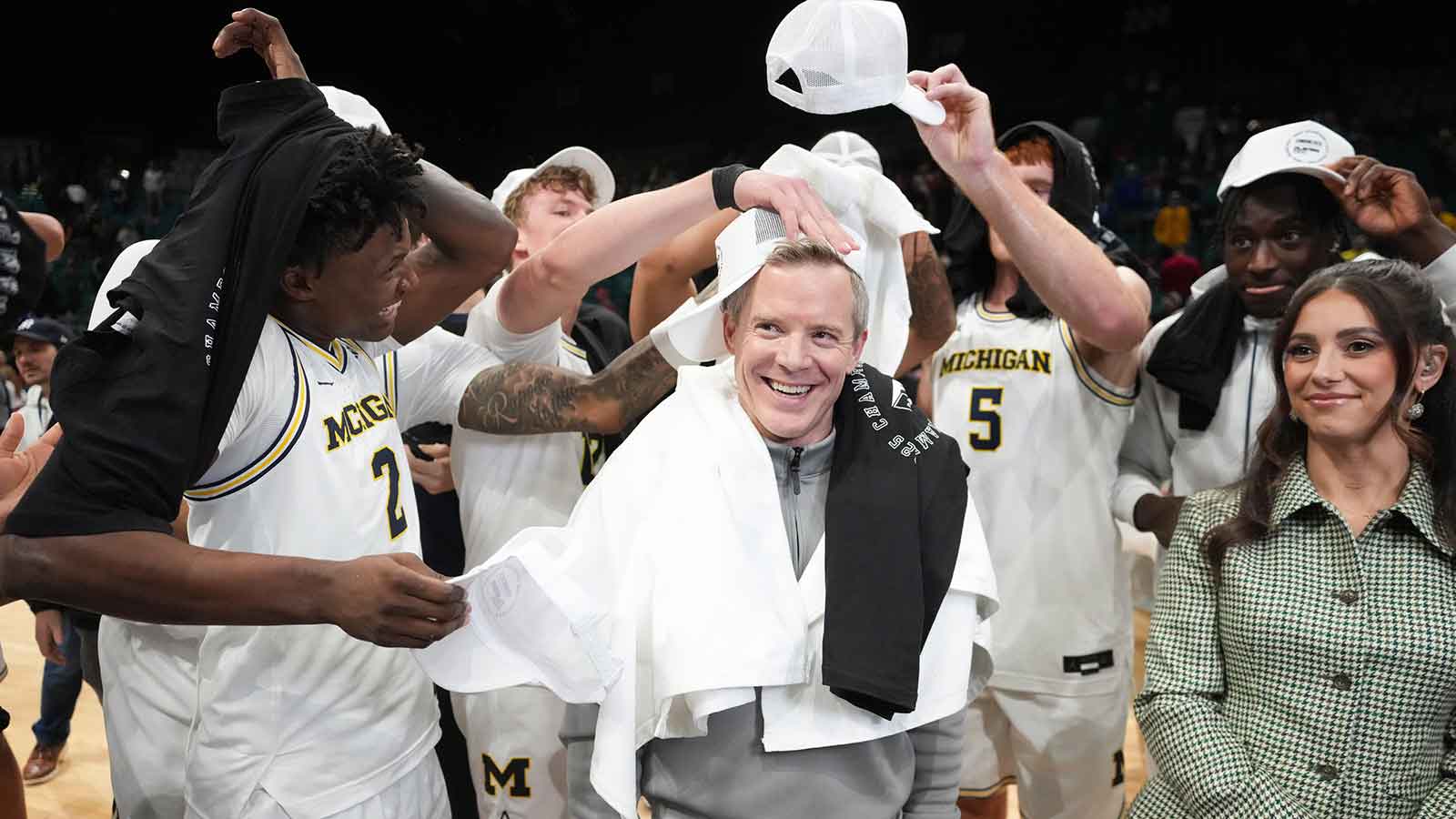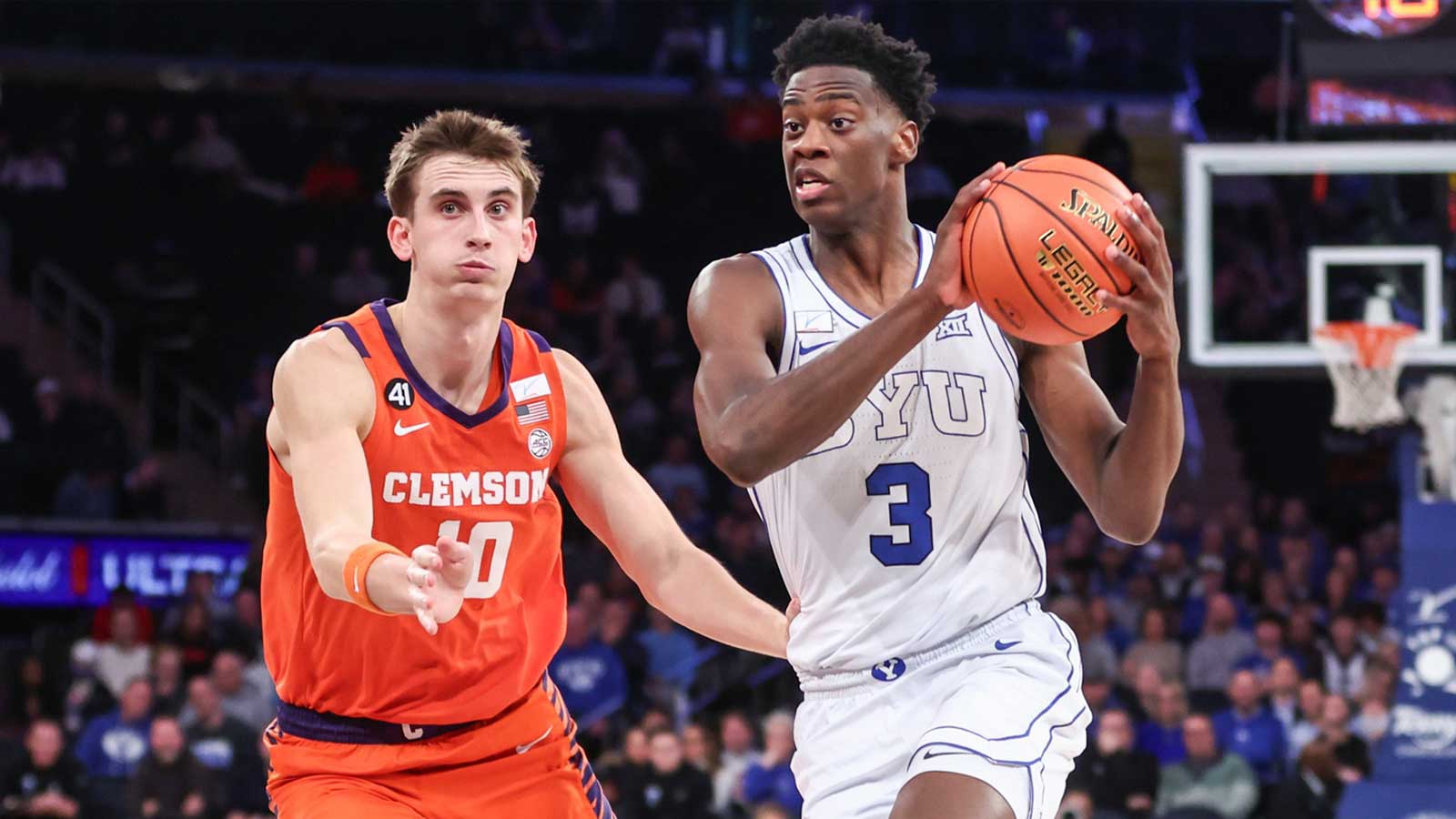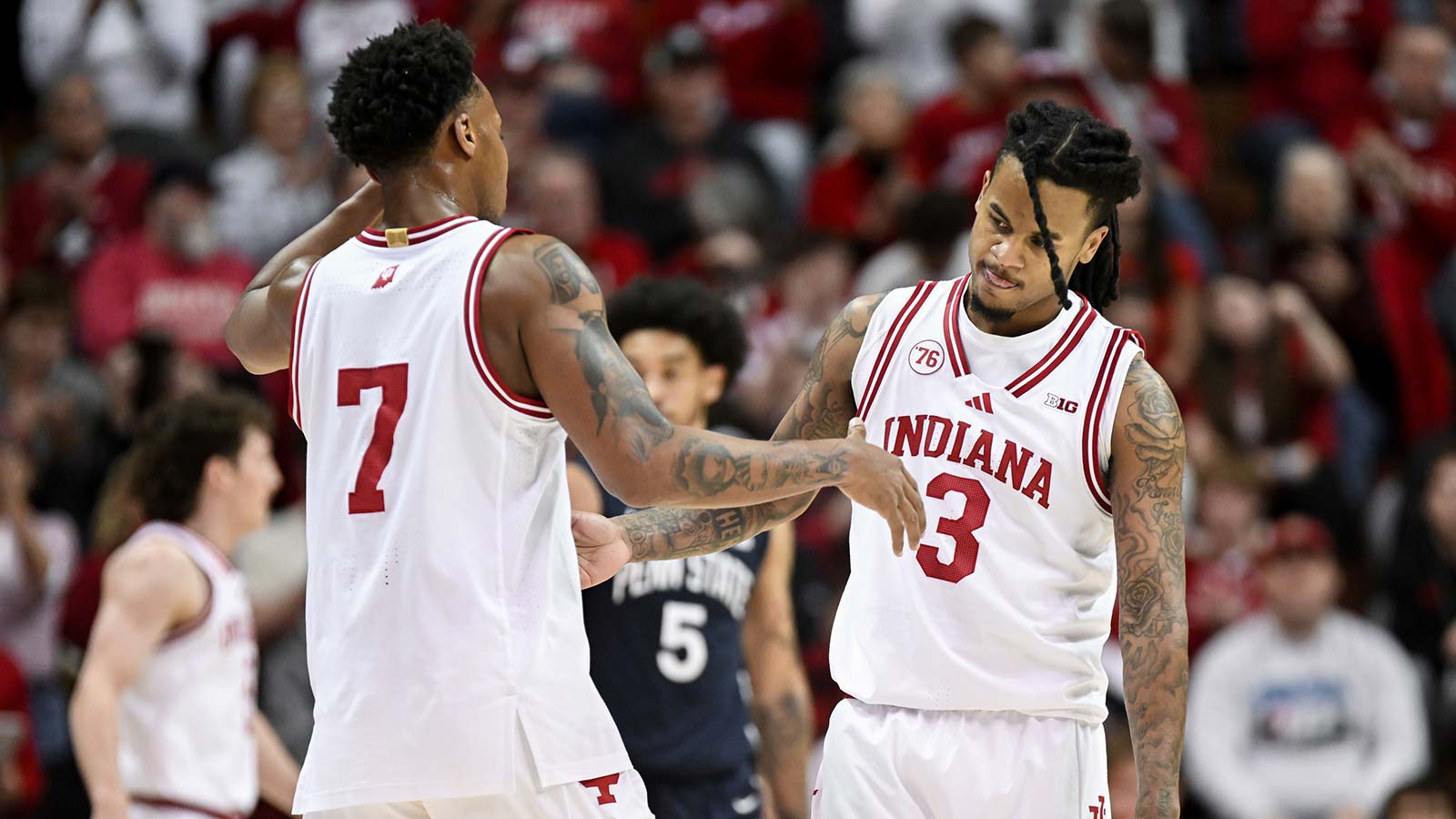Each November, as Thanksgiving approaches and the fall sports calendar fills with early-season tournaments, women’s college basketball enters one of its most compelling stretches of the year: Feast Week. What began as a collection of multi-team events scattered across late November has grown into a nationally televised showcase of the sport’s depth, competitiveness, and commercial rise.
In 2025, Feast Week in NCAA women’s basketball is more prominent than ever, defined by the WBCA State Farm Showcase, the Hall of Fame Women’s Showcase, and the Players Era Women’s Championship alongside traditional tournaments such as the Cancun Challenge and the Paradise Jam. This year’s Feast Week demonstrates not only the quality of play in women’s college basketball but also its evolving institutional priorities, commercial partnerships, and cultural momentum.
WBCA Showcase
The 2025 WBCA Showcase serves as a vibrant centerpiece of the week at Walt Disney World in Orlando, reflecting the Women’s Basketball Coaches Association’s efforts to elevate the sport’s visibility. Played at the ESPN Wide World of Sports Complex from November 20 to 23, the event gathers eight teams — Baylor, Davidson, Iowa, Miami, Missouri, Washington State, Central Missouri, and West Florida — for several days of competition.
The opening night sets the tone: Miami plays Davidson, followed by a nationally significant matchup between Baylor and Iowa. A Division II game between West Florida and Central Missouri takes place Friday, while Saturday offers additional notable pairings. Iowa against Miami and Baylor against Davidson create opportunities for teams still finding their identity early in the season. A Sunday contest between Washington State and Missouri caps the main schedule and rounds out the weekend.
The WBCA Showcase exemplifies how Feast Week blends competition with celebration. Playing at Disney World in partnership with ESPN gives the event a distinct atmosphere — part festival, part basketball proving ground. For some programs, the Showcase provides valuable game reps in a structured, high-profile environment. For powerhouses such as Iowa and Baylor, the event serves as an early benchmark, offering matchups that will matter in March when the NCAA Tournament committee weighs strength of schedule.
The combination of national broadcast attention, neutral-site intensity, and brand visibility makes the WBCA Showcase one of Feast Week’s most meaningful stops. However, it still remains accessible enough to feature teams from multiple divisions, creating an inclusive environment that emphasizes the sport’s expanding reach.
Hall of Fame Showcase
While the WBCA Showcase delivers breadth, the Hall of Fame Women’s Showcase held at Mohegan Sun Arena in Uncasville, Connecticut, adds concentrated, high-stakes competition. In 2025, the event reflects both fan interest and the growing parity across the sport. Hosted by the Naismith Basketball Hall of Fame, the bracket includes four teams, UConn, Michigan, Utah, and Syracuse, that converge for two days of competition on November 21 and 23.
The opening matchups feature Utah versus Syracuse first, and a prime-time meeting between UConn and Michigan. For UConn, long considered the flagship program in women’s basketball, the Showcase is both a tradition and a test — the Huskies return as defending champions, while Michigan enters as a capable Big Ten challenger.
Utah and Syracuse offer contrast in style and expectation, as the Utes enter with a chance to secure a major resume win, while the Orange seek to assert themselves early in the non-conference slate. The teams switch opponents when they meet again on Sunday, creating a structure that amplifies stakes and adds more meaning to every possession.
By adopting a competitive bracket style, the Hall of Fame Showcase deepens Feast Week’s intensity, signaling how early-season women’s basketball has matured into a product worthy of tournament drama and primetime national broadcasts. The event’s connection to the Hall of Fame, its sponsorship with Invesco QQQ, and its home at Mohegan Sun — an arena that also hosts the WNBA’s Connecticut Sun — underscore the sport’s expanding legitimacy in the commercial ecosystem of major college athletics.
Players Era Championship
If the WBCA Showcase represents tradition and the Hall of Fame Showcase embodies evolution, the Players Era Women’s Championship marks outright reinvention. Taking place in Las Vegas during Thanksgiving week, the Players Era event reflects a modern, athlete-centered model that provides NIL opportunities amid the shifting culture of college sports.
Although the Players Era concept had gained traction on the men’s side, 2025 is the first year it's expanded to debut a women’s tournament under the same banner. Its arrival signals a defining moment for the sport’s relationship to athlete branding, sponsorship, and media production.
Bringing together four powerhouse programs in South Carolina, Texas, UCLA, and Duke, the three-day round-robin tournament at the Michelob ULTRA Arena promises a level of play that resembles a miniature Final Four. Texas faces off with UCLA first before Duke takes on South Carolina, with the winners then going head-to-head to determine a champion on Thanksgiving Day. South Carolina enters as a perennial national contender with elite size and defense, Texas brings trademark physicality and guard play, UCLA adds West Coast versatility and depth, and Duke supplies a blend of historical prestige and tactical discipline.
But the Players Era Championship is more than a collection of high-level games. Its athlete-first model and integration with modern marketing strategies place college athletes at the center of the event’s identity. Las Vegas, now a major hub for sports tourism and entertainment, provides a fitting backdrop for this shift.
Fans travel to experience not only basketball but also the surrounding spectacle, and the athletes themselves become key parts in storytelling and promotional efforts. The Players Era event embraces contemporary entertainment culture, tapping into a younger audience and emphasizing player personalities as much as on-court results.
Traditional tournaments: The Cancun Challenge, Paradise Jam, etc.
Although the WBCA Showcase, Hall of Fame Showcase, and Players Era Championship dominate headlines, Feast Week 2025 is also enriched by traditional tournaments that form the backbone of the early-season schedule. The Cancun Challenge, long a staple of Thanksgiving week, offers interesting competition and matchups such as North Carolina versus South Dakota State, NC State against Green Bay, and Richmond versus TCU. These contests provide mid-major programs the chance to earn statement wins, while power-conference teams seek to polish their rotations against quality opposition.
Similarly, the Paradise Jam in the US Virgin Islands continues its tradition of hosting high-caliber teams in a warm-weather setting. It's geographically distant from the high intensity of Las Vegas or Connecticut, but it remains a beloved part of Feast Week for programs and fans alike. The event’s intimate environment, consistent history, and competitive balance ensure that it maintains its identity even as new tournaments emerge. Other showcase games across Thanksgiving week further broaden the landscape, giving teams from every region opportunities to test themselves against unfamiliar opponents.
Broader implications
Taken together, the tournaments of Feast Week underscore several important trends shaping women’s college basketball. The most prominent of these is the sport’s increasing parity. Programs outside the traditional elite have a steady presence playing on national stages, and events like the Hall of Fame Showcase and the Players Era Championship offer structured opportunities for competitive upsets. The rise in tournament formats reflects a maturing competitive ecosystem.
Commercial investment is also more visible than ever. Partnerships with Disney, ESPN, the Basketball Hall of Fame, and other companies demonstrate that women’s basketball has become a lucrative and attractive property for sponsors. The Players Era’s NIL-driven model especially highlights the sport’s emerging commercial power, positioning athletes as active participants in the marketplace.
Player visibility is another hallmark of modern Feast Week. Neutral-site tournaments broadcast nationally offer unprecedented exposure, allowing athletes to build personal brands and reach fans well before conference play begins. The emphasis on athlete-centered events and on media narratives surrounding individual players aligns women’s basketball with broader trends in sports entertainment today.
Finally, Feast Week carries significant implications for the postseason. Because these tournaments feature early-season contests between elite and mid-major programs, they directly influence NCAA Tournament resumes and seeding. A strong performance can validate preseason expectations, while struggles can expose weaknesses that should be corrected before teams' schedules intensify.
The expansion of Feast Week presents new challenges as well. The travel demands of playing in Orlando, Connecticut, Las Vegas, or the Caribbean can strain student-athletes. Coaches must balance competitive ambition with health considerations, particularly when tournaments have formats requiring multiple games in a short span. Additionally, as commercialization expands, equity questions arise as smaller programs may find it increasingly difficult to gain access to opportunities on the most prestigious stages, widening exposure gaps across divisions and conferences.
Despite these complexities, the excitement of Feast Week lies in its blend of tradition, innovation, and competitive fervor. It marks the moment when teams from across the country converge not only to compete but to define themselves. In 2025, women’s college basketball enters the holiday week with unprecedented momentum, seen in increased attendance at arenas, primetime broadcast windows, and an ever-rising level of on-court play.
Whether hosted at Disney World, the professional energy of Mohegan Sun, or in the modern spectacle of Las Vegas, Feast Week’s tournaments demonstrate that women’s basketball has moved firmly into the American sports mainstream. As families gather around dinner tables and televisions, Feast Week offers a vibrant portrait of the sport’s present and a promising glimpse into its future.
The holiday week now stands as a celebration of athletic excellence, cultural relevance, and the expanding horizons of women’s college basketball — a reminder that the game is not simply growing but thriving.

